7 of the Biggest Automotive Newsmakers at CES 2023
This year's Consumer Electronics Show gave a preview of some amazing automotive innovations to come.
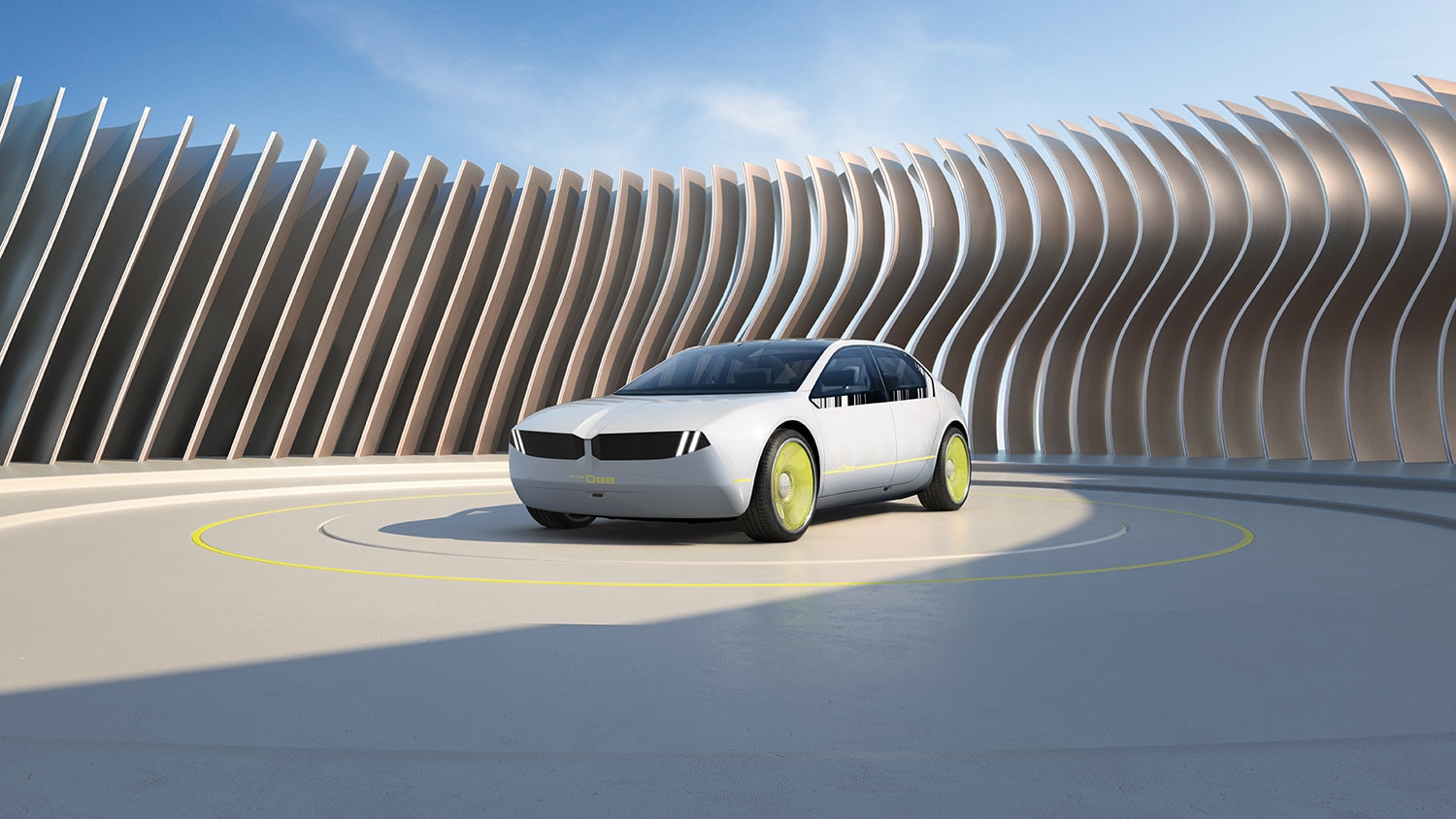 BMW
BMW
After a few uncharacteristically quiet years, Las Vegas' Consumer Electronics Show (CES) is back, and so, too, seems to be the optimism. Sheer masses of attendees crowded into the show's various cavernous halls, which were packed with innovation. Automobile manufacturers and their industry suppliers alike brought out their big guns this year, and the result was impressive to behold.
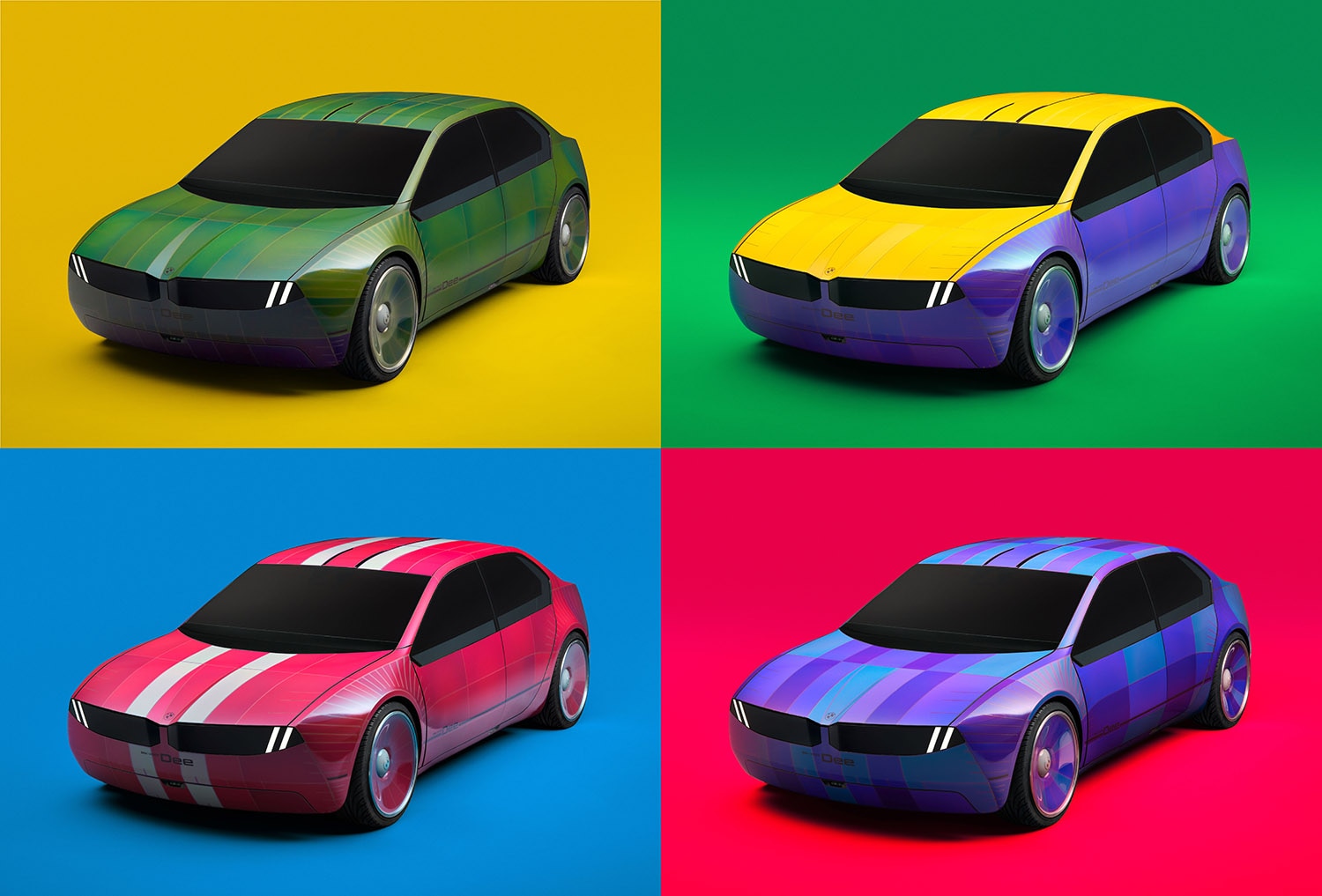 BMW
BMW
BMW i Vision Dee: Technicolor Motoring
It was the flashy concept cars that got the most attention, and rightfully so. BMW's radical, Technicolor i Vision Dee concept was the one everyone wanted to see. Wrapped in color-changing, E Ink panels, the car instantly shifts from one color to the next, dynamically cycling through liveries faster than the eye can register.
E Ink technology has been shown at CES for decades, most famously used in Amazon's Kindle e-reader. It differs from a traditional LCD or OLED panel in that, once a pattern is displayed, it stays that way without requiring any additional electricity. That's what made the technology great for low-power devices like the Kindle, and its flexible nature also makes it perfect for wrapping around the fenders of a shapely machine such as this.
This is not a car that BMW plans to put into production, and it’s likely we won't see color-shifting bodies like this any time soon. However, some of the interior technology could make its way to production machines. The i Vision Dee also has a full-width head-up display with augmented reality technology, able to dynamically highlight things such as your next exit on a highway or even a deer lurking off the side of the road. The concept car suggests such tech may not be far off.
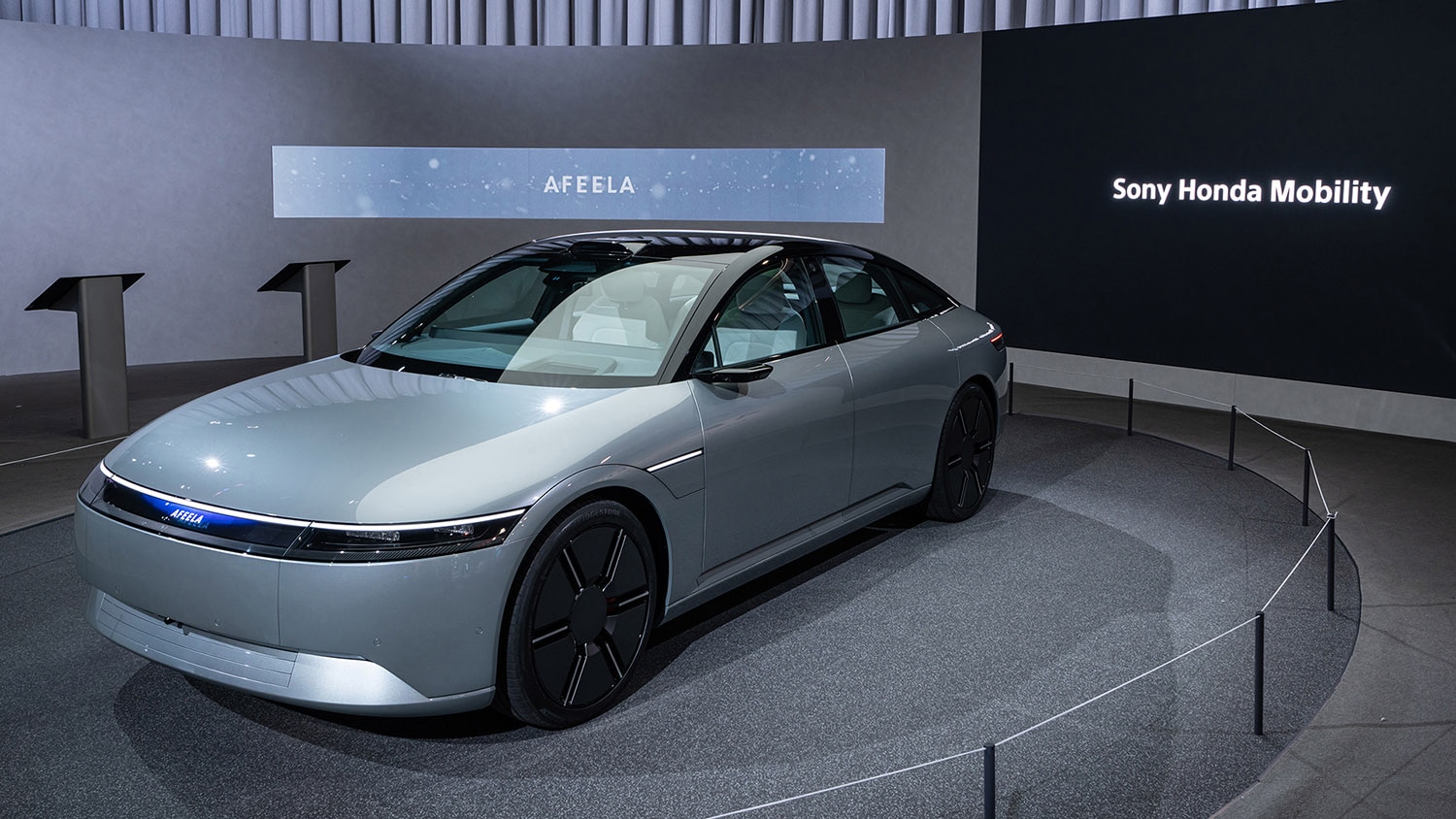 Sony Honda Mobility
Sony Honda Mobility
Sony and Honda Team Up for a PlayStation Sedan
The other concept everyone was talking about was Sony's Afeela, a new EV brand it's launching in partnership with Honda. This is an updated version of the Vision S car that debuted at CES 2020, an electric sedan with sublime interior entertainment offerings, including immersive surround sound and some aspect of Sony gaming.
The new version revealed at CES 2023 lacks the 2020 model's bold lines, with many of the interesting styling cues and creases removed or smoothed out. The big talking points on the somber design include display panels integrated into the front or rear bumpers, meant to send signals to pedestrians and other drivers as well as indicate charging status.
 Sony Honda Mobility
Sony Honda Mobility
What everyone was talking about was the name. Afeela is meant to be a sort of sub-brand for cars produced by the Sony Honda Mobility partnership. Remarkably, the car still won't hit delivery for another three years, leaving plenty of time for Sony's marketing team to go back to the naming books.
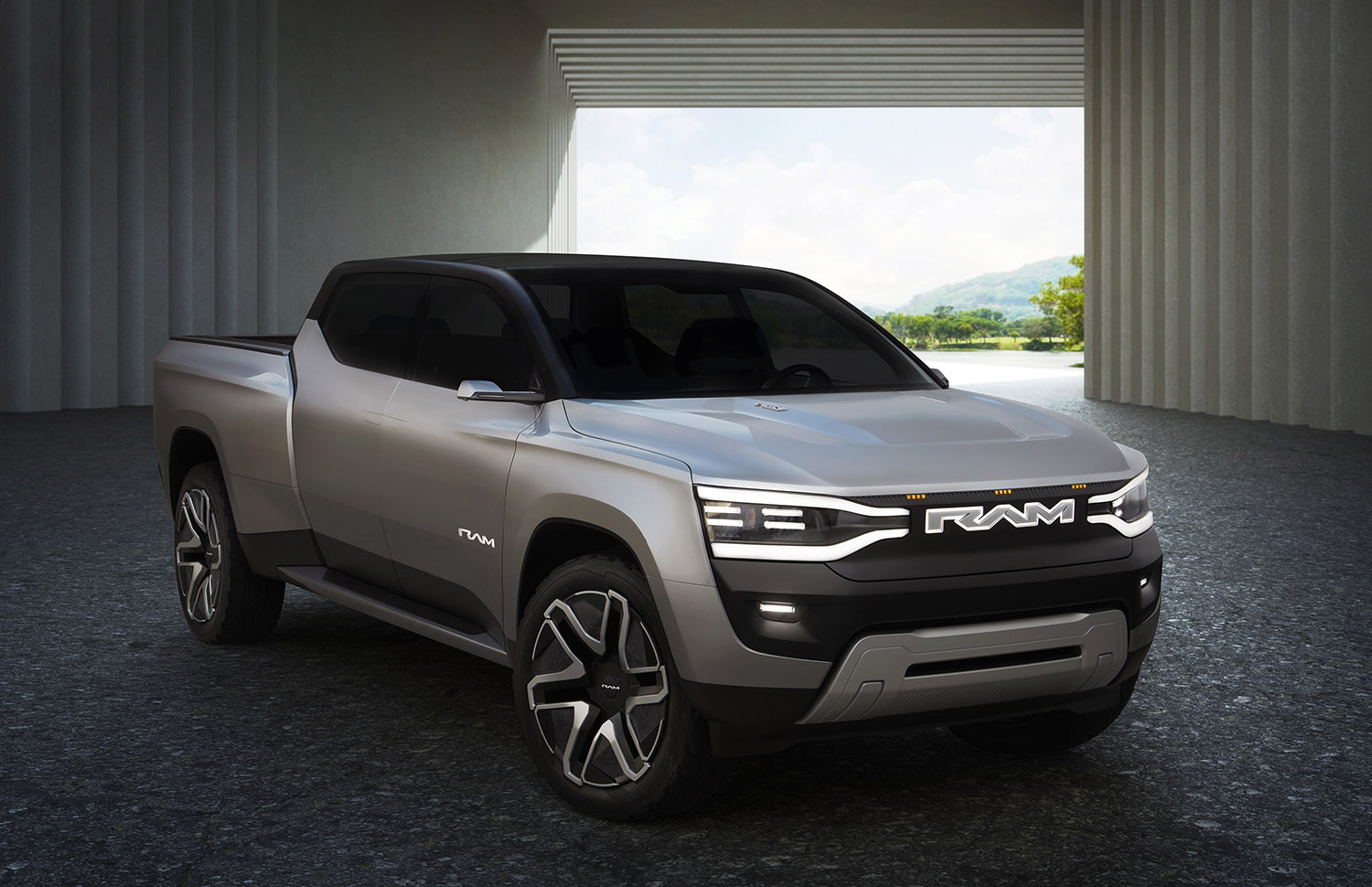 Ram
Ram
Ram Pickups Reinvented
It wasn't just flashy, low-slung cars on display. Truckmaker Ram showed off a concept called the 1500 Revolution, an all-electric concept truck that gave a strong preview of a future battery-powered pickup.
It looks as angry and aggressive as you'd expect, but a production date of 2024 could be problematic given Ford's F-150 Lightning has been on the road for months and the Chevrolet Silverado EV isn’t too far off.
 Ram
Ram
Ram Charger EV-Charging Robot
The cars looked amazing, but some of the most interesting things at the show were much smaller: devices and components designed to make living with EVs a little nicer. In addition to the Revolution, Ram showed off a little charging robot called the Ram Charger, a robot vacuum-like thing that will sneak out from the wall and position itself beneath the truck to automatically and wirelessly charge it. Plugging in your EV every night is admittedly a minor annoyance, but an annoyance all the same.
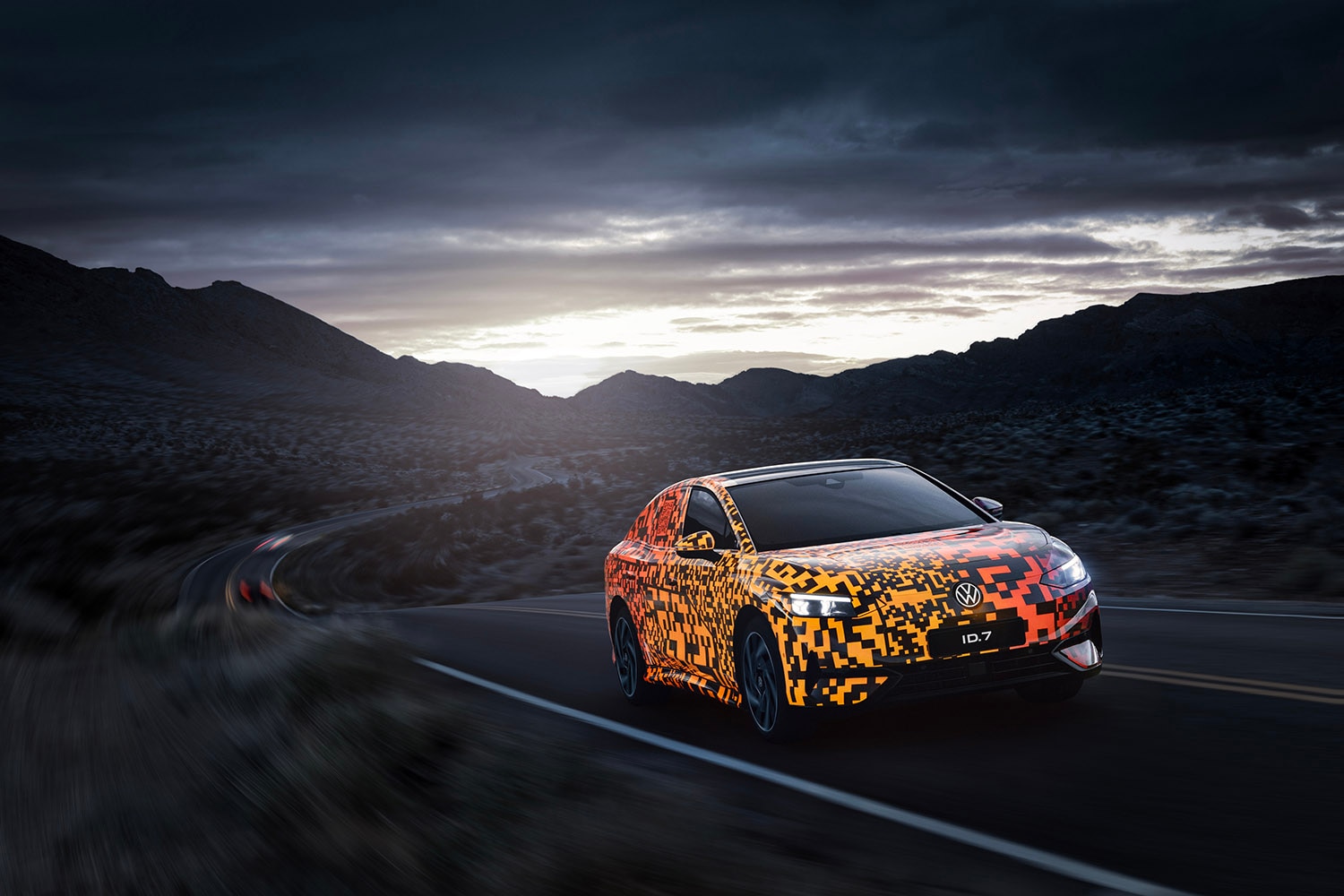 Volkswagen
Volkswagen
VW Grows Its EV Brand
Volkswagen used CES 2023 as the launchpad for the ID.7, the sedan follow-up to the ID.4 SUV. This all-electric four-door is said to manage 700 kilometers (435 miles) on the European-standard testing cycle, which admittedly
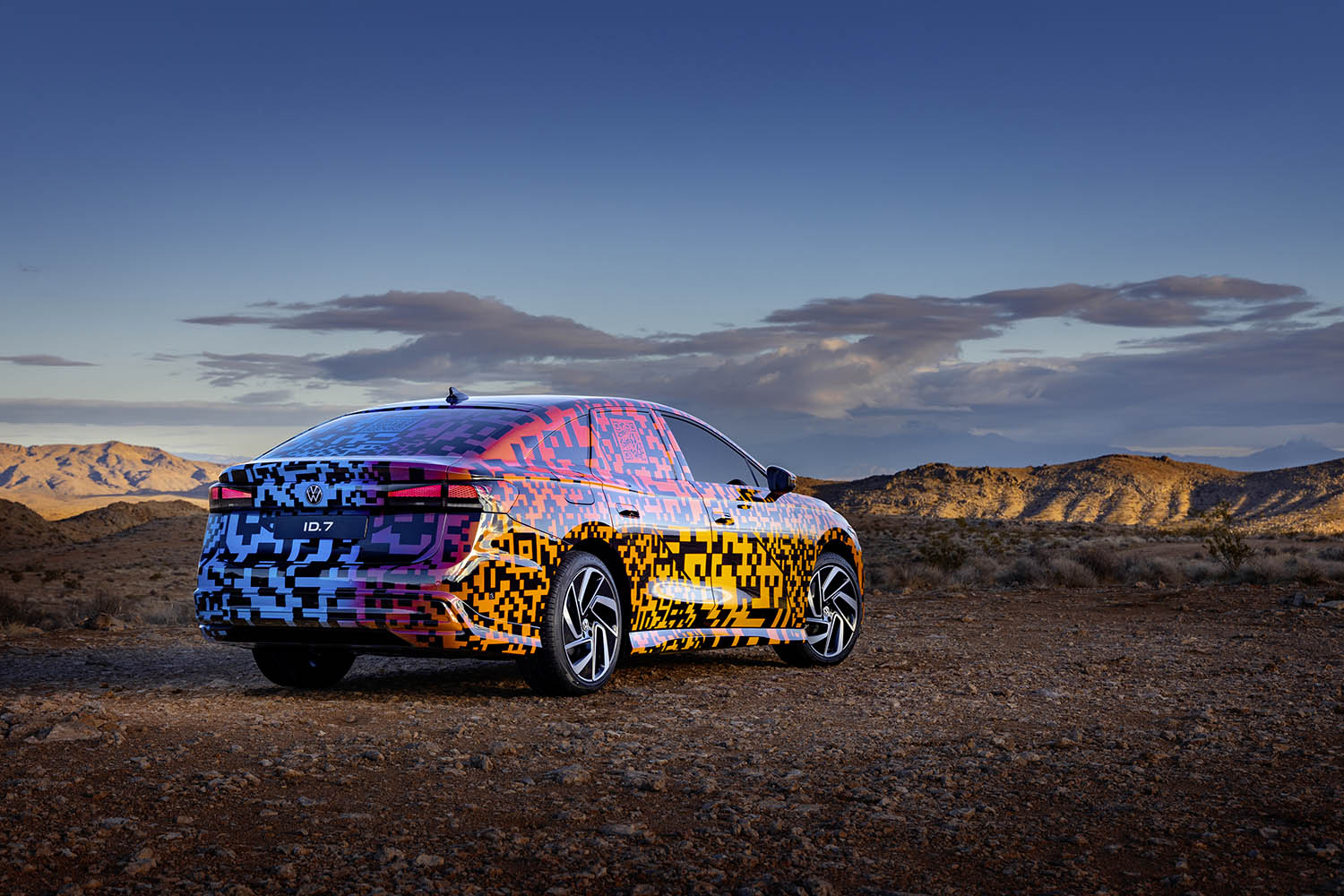 Volkswagen
Volkswagen
We'll find out soon, as the ID.7 goes into production in 2023. It was hard to see much of the styling beneath the digital camouflage wrap Volkswagen used, but it looks like it should fit right in next to the ID.4 SUV.
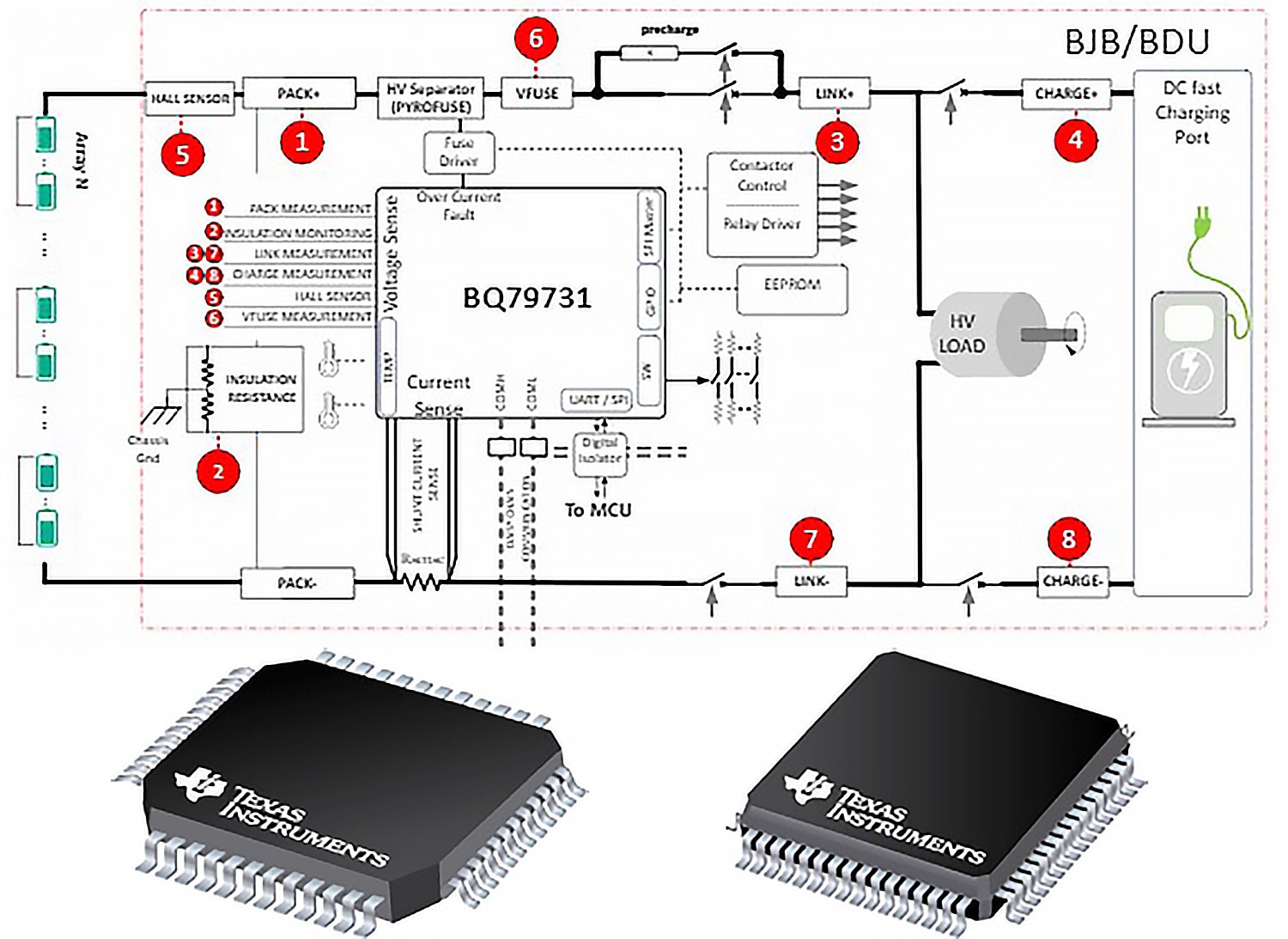 Texas Instruments
Texas Instruments
Better Battery Management
Texas Instruments announced a new suite of sensors, the rather dryly named BQ79718-Q1 and BQ79731-Q1, which live within battery packs and the individual cells they contain. These sensors measure remaining charge inside the cells with far more accuracy than current sensors. That may not sound significant, but increasing accuracy here means the car can make far better use of its total capacity, charging closer to full when plugged in and running closer to empty when on the road. TI said these sensors could boost effective range without any other changes to a car or its batteries.
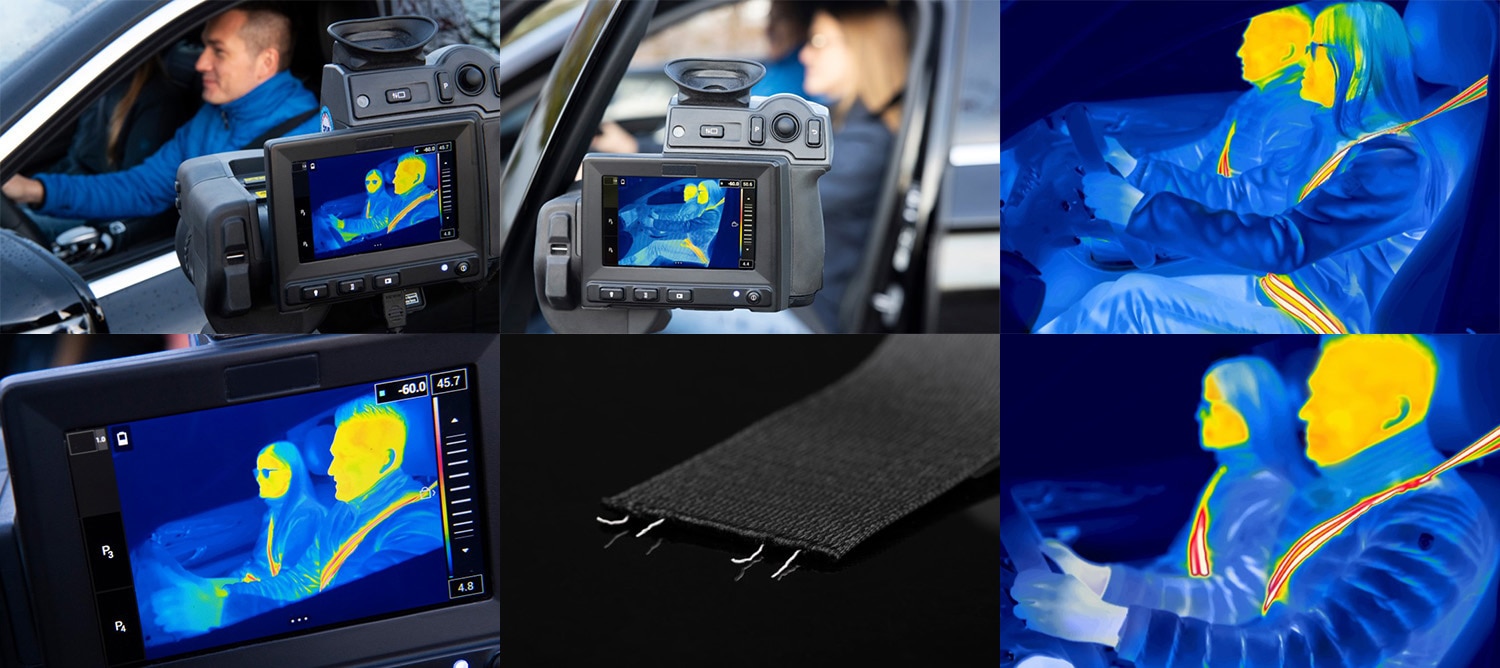 ZF Friedrichshafen
ZF Friedrichshafen
Heated Seat Belts
Another intriguing solution was a heated seat belt called the Heat Belt. German firm ZF, which builds transmissions for gas-fueled cars, among other things, showed off a new way to heat the driver directly. Warming an EV's entire cabin via air requires a lot of electricity and, frankly, isn't that effective when it comes to making occupants comfortable. Directly heating the driver is more effective and efficient, as anyone who's experienced the joys of a heated steering wheel on a cold morning can attest. Heating the seat belt adds one more source of direct warmth to the equation, getting you toastier quicker on a chilly morning without drawing as heavily on your battery's range.
These innovations might seem minor, but they show promise that the industry is beginning to focus on the minutiae; solutions for small problems that can have a meaningful impact on increasing the comfort and convenience of living with electric cars. More little improvements like this will help pave the way for the upcoming rush of EV adoption.
Written by humans.
Edited by humans.
 Tim Stevens
Tim StevensTim Stevens is a veteran editor, analyst, and expert in the tech and automotive industries. He helmed a major website's automotive coverage for nine years and acted as its content chief. Prior to that, Tim served as the editorial lead at a tech-oriented site and even led a previous life as an enterprise software architect.
Related articles
View more related articles